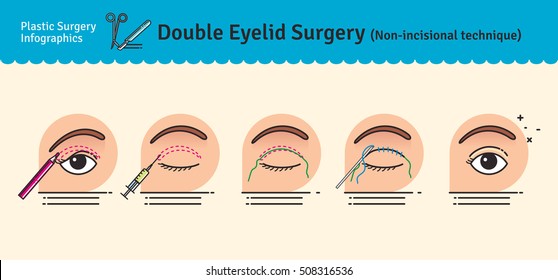The Comprehensive Overview To Refractive Lens Exchange: Necessary Information You Need To Be Aware Of
The Comprehensive Overview To Refractive Lens Exchange: Necessary Information You Need To Be Aware Of
Blog Article
Short Article Written By-Miller Lorentzen
If you're considering refractive lens exchange, you possibly have a great deal of inquiries. This procedure could alter exactly how you see the world, supplying advantages like minimized dependence on glasses. Nevertheless, it's important to comprehend the process, threats, and that qualifies as a good prospect. Allow's explore these essential elements so you can make an educated decision regarding whether RLE is right for you.
What Is Refractive Lens Exchange and How Does It Function?
Refractive lens exchange (RLE) is a surgical procedure made to change your eye's natural lens with an artificial one, remedying vision concerns like nearsightedness, farsightedness, or presbyopia.
During the treatment, your surgeon makes a tiny incision in the eye, removes your natural lens, and inserts an intraocular lens (IOL) customized to your vision needs. This outpatient surgery normally takes around 15 to half an hour per eye and is executed under regional anesthetic.
You'll likely see renovations in your vision almost promptly, though full healing may take a few weeks. RLE is especially useful for those over 40 or with high prescriptions, supplying a long-lasting remedy contrasted to glasses or contact lenses.
Your eye treatment professional can help establish if RLE is right for you.
What Are the Perks and Threats of Refractive Lens Exchange?
Selecting refractive lens exchange can result in considerable renovations in your vision, however it's important to consider both the benefits and dangers prior to deciding.
On the plus side, this treatment can enhance your sight by fixing issues like presbyopia, nearsightedness, and hyperopia. Lots of individuals appreciate minimized reliance on glasses or contact lenses, which can substantially enhance their quality of life.
Nonetheless, https://click4r.com/posts/g/20401060/find-out-just-how-refractive-surgery-can-unexpectedly-boost-your-life to think about potential risks. Issues can include infection, glow, or halos around lights.
There's also a chance of overcorrection or undercorrection, which may need additional treatments.
Who Is a Suitable Candidate for Refractive Lens Exchange?
If you're taking into consideration refractive lens exchange, it is very important to recognize whether you fit the profile of an ideal candidate. Typically, https://www.dovepress.com/single-step-transepithelial-photorefractive-keratectomy-in-low-to-mode-peer-reviewed-fulltext-article-OPTH might be a great prospect if you're over 40, experience presbyopia, or have high degrees of nearsightedness or farsightedness.
It's also vital that your vision is secure, meaning your prescription hasn't transformed considerably in the past year. If you have cataracts or various other eye problems, you could benefit from this treatment also.
However, specific aspects, like uncontrolled diabetic issues or autoimmune diseases, could disqualify you. To determine your candidacy, consult with an eye care specialist who can assess your certain situation and recommend the most effective course of action customized to your requirements.
Verdict
Finally, refractive lens exchange can be a transformative alternative for boosting your vision, especially if you're over 40 or have a high prescription. While the benefits are considerable, it's essential to weigh the dangers and seek advice from your eye treatment expert to figure out if you're an optimal prospect. With the ideal information and advice, you can make a notified choice and potentially appreciate a life with decreased dependancy on glasses.
